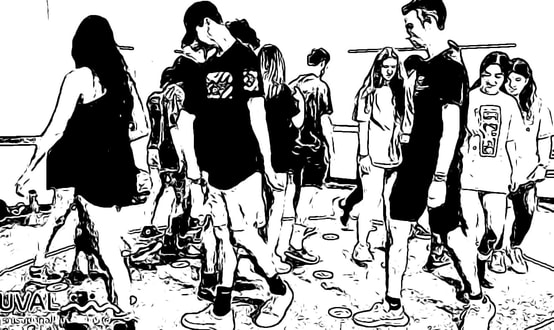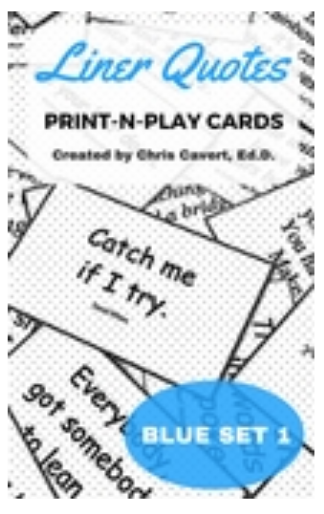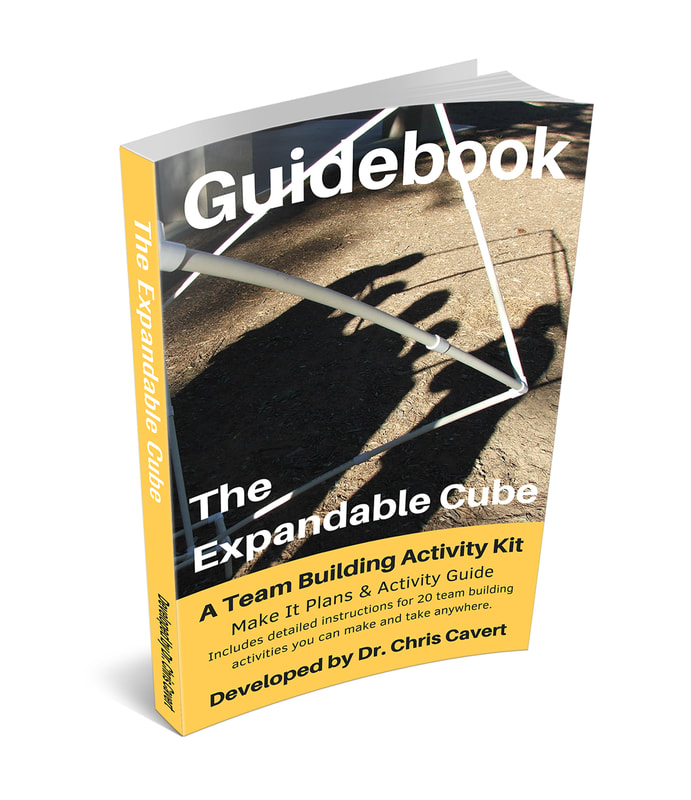In the initial version of Pressure Cooker, Neil simply gave his group 20 minutes and a maximum of three tries to produce their best time through the numbers. He noted that planning is not very productive during this challenge - there is some, but it's not very intentional. In this 2.0 version, he divides the time and restricts the boundary area for more driven results. I really like "the things to look for" (and focus) he uses with this one. Lots of good discussion points to bring up during processing. Thanks Neil!!
Before you is an invisible maze of numbers. The way through it is to follow the numbers on the discs scattered inside the perimeter.
This task is split into two sections of 10 minutes.
The first 10 minutes is dedicated to planning and practice.
The second 10 minutes is what we call “Money Time!” … execution.
The first ten minutes (the planning & practice time):
- There is an identical number of discs as there are team members – ideally 12-16 people.
- The Objective: Each person must pass and touch all the numbers in ascending order and the team must complete the task as quickly as possible.
- Only once all team members have entered the perimeter and stood upon a disc can the action begin.
- Every team member touches every number in ascending order and returns to their original number. For example, I start on number 8. I touch, in order, numbers 9,10,11,12,1,2,3… and return to number 8 (in a group of 12 of course!)
- Only once all team members have returned to their original number may the whole team exit the perimeter.
- Time starts when the first person enters the perimeter (circle) and stops when the last person exits (the circle).
The second ten minutes (or three attempts):
- The group has 10 minutes or 3 attempts, whatever comes first.
- If anyone touches the circle boundary or exits the circle during an attempt, an extra 5 seconds are added to their final time.
- The moment anyone enters the circle in this second stage (this has to be made very clear) an attempt will begin, time starts, whether the group is ready or not.
- Here, the facilitator must tell everyone to get moving and begin the attempt. Even if they are not ready.
- Time starts when the first person enters the perimeter and stops when the last person exits.
Things to look out for (and talk about):
- Generally, [Neil has seen] most of the planning take place inside the circle, there is no real vision of the spread of the numbers.
- The first chance to really look at the spread is under pressure in the execution stage.
- Do we blindly follow another team member or learn our own route?
- Do we as a team operate “mechanically/mathematically” all touching their number at the same time and waiting for all to catch up, or “organically” by feeling how we are all moving together without stopping or waiting?
- How come someone stepped into the perimeter before we were ready?
- Who goes along with the action even though he/she does not know the plan? Why does this happen? [Chris added this one - he sees this all the time.]
All the best my friends. Keep us posted.
Chris Cavert, Ed.D.









 RSS Feed
RSS Feed